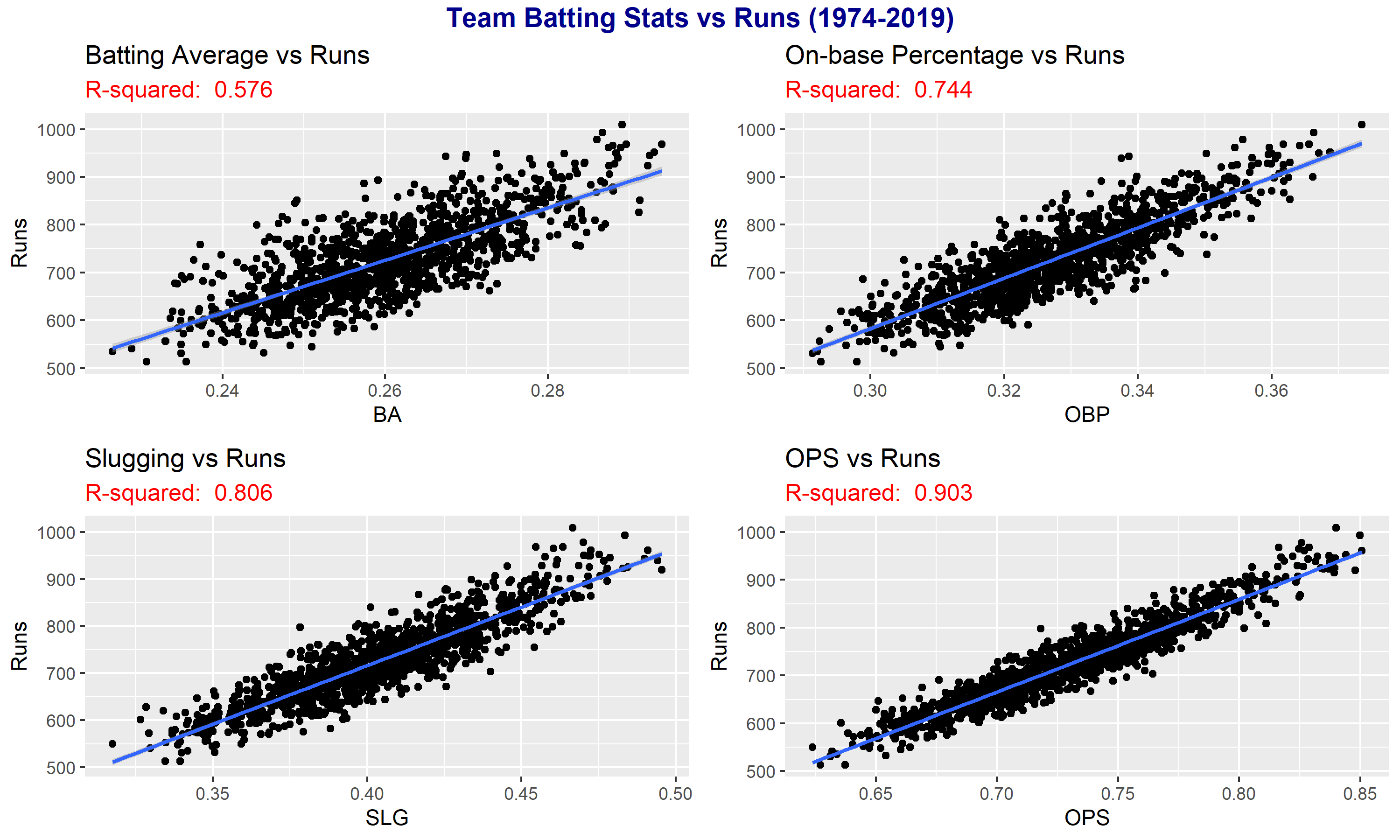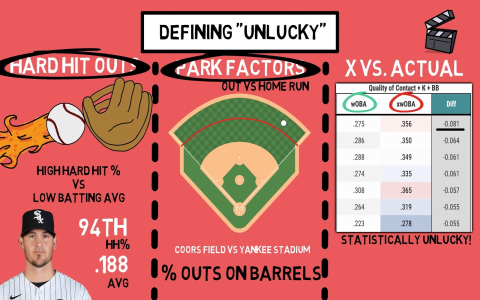Okay, so I’ve been messing around with baseball stats lately, and I got totally sucked into this whole wOBA versus OBP thing. Let me tell you, it was a journey! I started out thinking, “Hey, OBP, on-base percentage, that’s easy. It tells you how often a guy gets on base, right?” And yeah, it kinda does, but it’s also kinda…basic.

Digging into the Basics
So, first, I really nailed down what OBP even is. You take all the times someone gets a hit, gets walked (that’s the BB thing), or gets hit by a pitch (HBP). Then, you divide that by their total plate appearances, which is basically at-bats plus walks, hit-by-pitches, and those sacrifice flies (SF). The formula is pretty simple in theory:
- OBP = (Hits + Walks + Hit By Pitch) / (At-Bats + Walks + Hit By Pitch + Sacrifice Flies)
I plugged in some numbers from my favorite player and boom! I got an OBP. Felt pretty good, like I was cracking the code of baseball or something.
The Problem with OBP
But then, the more I thought about it, the more something felt off. Like, a walk is good, gets you on base, but is it really the same as a single? Or a double? Or, you know, a glorious, game-changing home run? OBP treats them all the same! A walk is as good as a home run. And that, my friends, just didn’t sit right with me.
Enter wOBA
That’s where wOBA (weighted on-base average) came crashing into my life. I stumbled across it on some baseball forum, and it was like a lightbulb went off. wOBA tries to fix the big problem with OBP by giving different “weights” to different ways of getting on base.
So, instead of treating everything the same, wOBA says, “Hey, a double is worth more than a single, and a home run is worth way more.” It assigns these weights based on how much each type of hit actually helps a team score runs. Makes sense, right?

Getting My Hands Dirty with wOBA
Now, the wOBA formula looks intimidating at first. It’s got all these different weights for unintentional walks (uBB), HBP, singles (1B), doubles (2B), triples (3B), and home runs (HR). And the weights change a bit from year to year, because they’re based on real data. So, it is not constant.
- wOBA = (uBB factor uBB + HBP factor HBP + 1B factor 1B + 2B factor 2B…..)/ (At Bats + Walks -Intentional Walks+ Sacrifice Flies + Hit By Pitch)
I found a site that listed the wOBA weights for the current season. The numbers were something like 0.7 for walks, 0.75 for HBP, 0.9 for singles, 1.25 for doubles, 1.6 for triples, and a whopping 2.0 for home runs. (These aren’t the exact numbers, just an example!).
I took the same player’s stats and started plugging them into the wOBA formula. This was way more involved than OBP! I had to keep track of all these different hit types and multiply them by the right weights. It took a while, and I definitely double-checked my math a few times.
The “Aha!” Moment
And finally, I got a wOBA number. And you know what? It was different from the OBP. It was a more accurate picture, at least in my mind, of how valuable my player was at the plate. Because wOBA takes into account that hitting a double is better than a single. It’s not just that he got on base, but how he did it.
So, that’s my wOBA versus OBP adventure. I went from simple on-base percentage to this more nuanced, weighted system. It’s like I leveled up my baseball stat knowledge! I’m still no expert, but I definitely feel like I understand the game a little bit better now. It’s all about those weighted hits, baby!

